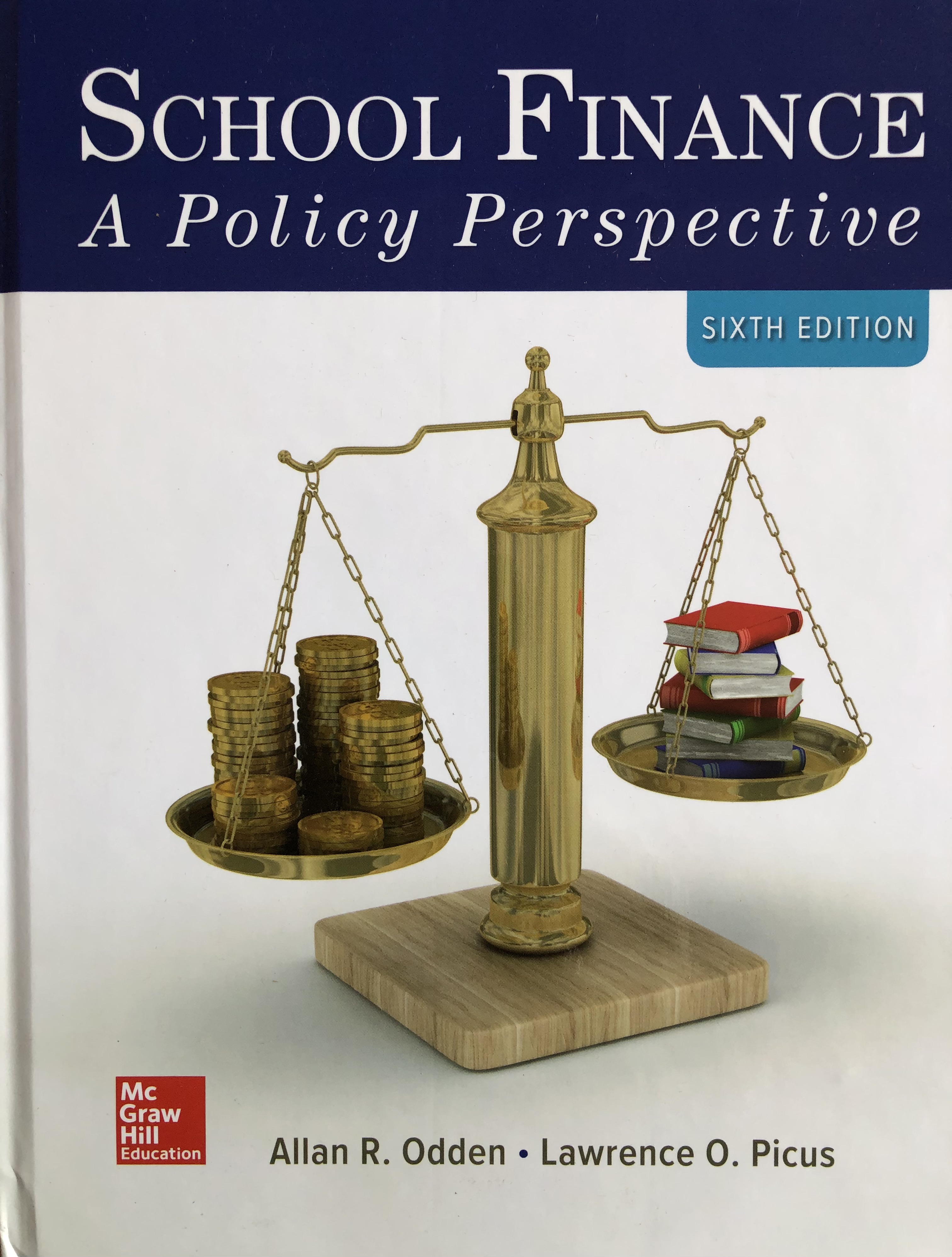School finance concerns the distribution and use of money for the purpose of providing educational services and producing student achievement. For most of the 20th century, school finance policy focused on equity—issues related to widely varying education expenditures per pupil across districts within a state caused by the uneven distribution of the property tax base used to raise local education dollars. In the 1990s, new attention began to focus on education adequacy and productivity—the linkages among level and use of funds, and connections to student achievement.
Public K-12 education constitutes the largest portion of most state and local governmental budgets; engages more than 100,000 local school board members in important policy-making activities; employs millions of individuals as teachers, administrators, and support staff; and educates tens of millions of children. Estimated total expenditures for Public K–12 education in fiscal year 2016-7 were $739 billion, or $14,439 per student. The National Center for Education Statistics predicts that public school Pre-K–12 enrollment, at 50.7 million in 2017, will continue to grow modestly through 2029 when it will reach 51.1 million.
Traditional school finance policy addressed the inequity caused by the heavy reliance on local property taxes funding public schools. Districts high in property wealth per pupil were able to experience high expenditures per pupil even with below average tax rates, while districts low in property wealth per pupil had below average spending per pupil even with high tax rates. The “problem” was defined as unequal access to the local property tax base. The solution was to allow all districts to function as if they had a high tax base. Over time that led to what we have called the “new” school finance problem: higher property wealth districts with higher expenditure but also higher tax rates and lower property wealth per pupil districts with lower expenditures per pupil but also lower school tax rates.
See Chapter 1 of the sixth edition of our text book, Allan Odden and Lawrence O. Picus, School Finance: A Policy Perspective, New York: McGraw Hill (2020) for a further discussion of these issues.
Recent Blog Posts from General School Finance Issues
or
Return to School Finance Overview

